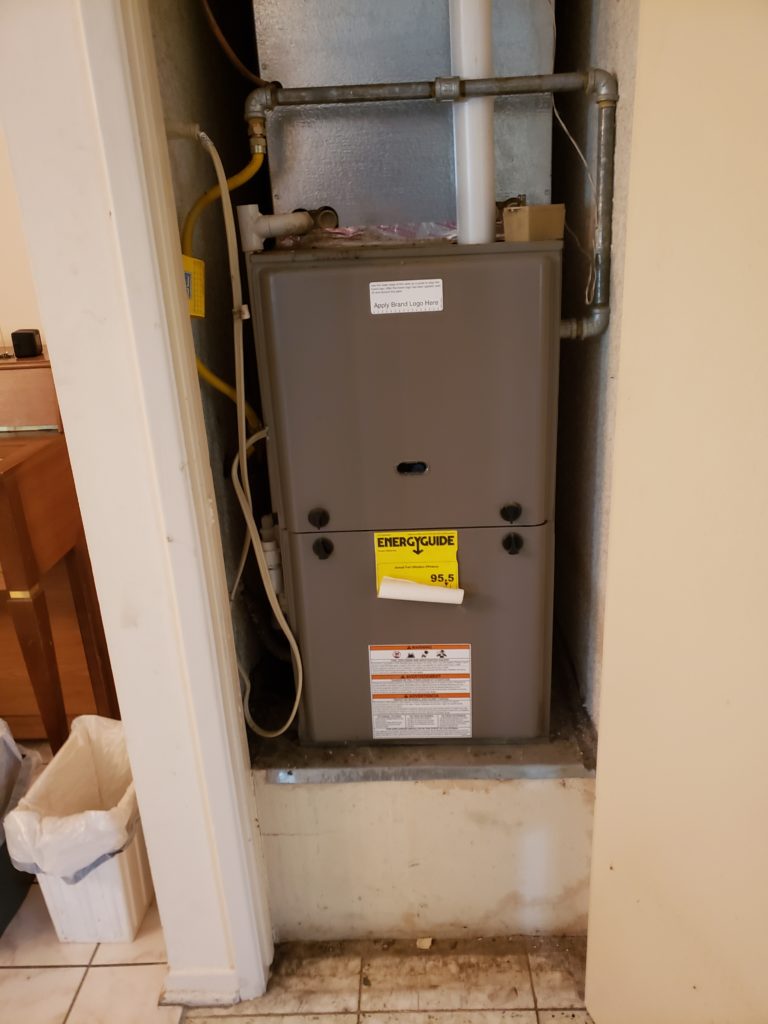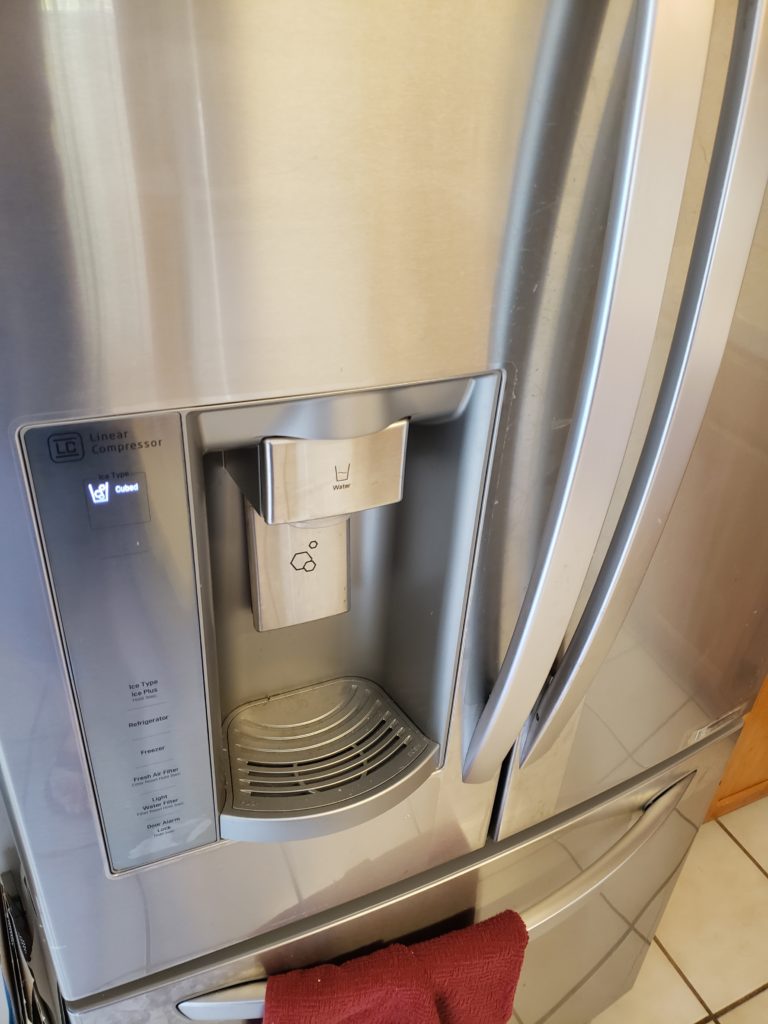Most people have, by now, heard about the dangers of mold growth in the home. Toxic mold makes the news quite often and is a real, meaningful threat to health if left untreated. But where does this mold growth come from? Why do some homes get dangerous mold growth whereas others never have to deal with it? In almost all cases, it comes down to moisture. So, naturally, we must ask ourselves – where is all this moisture coming from that leads to mold growth? Probably from leaky appliances.

One of the most common sources is leaky or malfunctioning appliances, producing moisture in your home in places you might not even be able to see or access. Over time, this moisture leads to water damage and mold growth, which can then spread like wildfire. Read on to learn more about how leaky and malfunctioning appliances create moisture problems in your home, some tips on how to avoid these problems, and some advice on periodic inspection and remediation to keep yourself and your family healthy and safe.
Common Appliance and Fixture Sources of Moisture in a Home
There are numerous appliances, fixtures, and systems in your home that produce or deal with moisture. Some are fairly obvious, such as those that deal with water as part of their operation. Others are far less obvious and hidden. Below, we’ve briefly described some of the most common culprits as sources of home moisture and water damage, and where, specifically, malfunctions and leaks in their systems can lead to moisture and water damage in your home.

Washing Machines
Washing machines have several pathways from which moisture can leak out. Water lines in, drain lines out, and the various seals where they meet the machine itself are often locations from which a leak can spring. The wash tub, pump, and other aspects of the machine itself also have seals, gaskets, and internal piping that can become compromised over time.
Driers and Duct Work
Driers are one of the home appliances people often overlook as a potential moisture culprit. The vents and ducts out of a drier to the outside of the home contain warm, moist air. If they develop leaks, it’s a perfect vector for moisture to get loose in your walls, ceilings, and inaccessible spaces in your home, leading to mold growth.

Dishwashers
Like washing machines, dishwashers can be a common source of water damage and leaks. Hoses, fittings, and fixtures can result in leaks. Even a faulty or damaged door seal can allow small amounts of moisture to leak out during the dishwasher cycle, seeping into the cabinets, floors, or sub-flooring and leading to mold.
Water Softeners/Heaters
Obviously, water softeners and water heaters are two systems that deal directly with high volumes of water in the home. Leaks in any parts of these systems can rapidly cause serious water accumulation and damage.

Sinks and Plumbing Fixtures
Smaller leaks can often develop around sinks, drains, toilets, and plumbing fixtures. These may only be evident on use, and be intermittent in nature, but can still cause damage and lead to mold development in walls, cabinets, floors, and similar.
Refrigerators/Ice Maker Water Lines

One of the most common, and often hidden sources of water damage is a leaky or malfunctioning water line running to a refrigerator/freezer unit. As they are usually behind the refrigerator during normal use, you don’t see the water leaking out of the line. But it can accumulate and seep into flooring and walls quite easily, and almost always leads to significant, and often hidden, mold growth.
Tips for Preventing Moisture Leakage and Accumulation
Not all moisture leaks and malfunctions of home appliances can be prevented. However, there are some useful tips to follow to help reduce the risk of this kind of problem happening to you. Even if you do have water leakage, there are things you can do to reduce the risk of developing mold right away, too.
- Ensure your home appliances, fixtures, plumbing, and any accessible pipes or duct work are maintained, with annual check-up appointments on major appliances from a qualified service technician.
- Periodically inspect your appliances, piping, and similar, especially when the weather changes, as different humidity and temperature conditions can greatly alter the condensation and non-leak-related moisture content that can develop.
- Make sure that any work done in your home on appliances, piping, or similar is done by a qualified professional rather than on a DIY basis. Cheaper is not always better!
- If you notice a water or moisture leak or problem, shut off the water to that appliance or fixture, and try to absorb any standing water from the leak with a towel or towels. Use a fan to circulate lots of air to help promote fast drying of the remaining water. Open windows in the home to increase airflow. Then seek out a qualified inspector for water damage and mold growth.
Leaky Appliances: Professional Inspection and Monitoring for Water Damage and Mold
The best way to tell if you have water damage and mold growth in your home is to call on the services of professional inspection service. In the greater LA area, the premier home inspection company that offers these services is FunGuy Inspections. Mold, mildew, water damage, and even lead, and asbestos can all be detected by FunGuy Inspections, who can then provide remediation advice and information as well. FunGuy Inspections uses the latest technology and equipment, and has extremely well-trained expert team members, who will help ensure you know what’s going on in your home – even behind the walls and under floors – and can take appropriate action to fix the problem. For more information, visit https://funguyinspections.com/.
